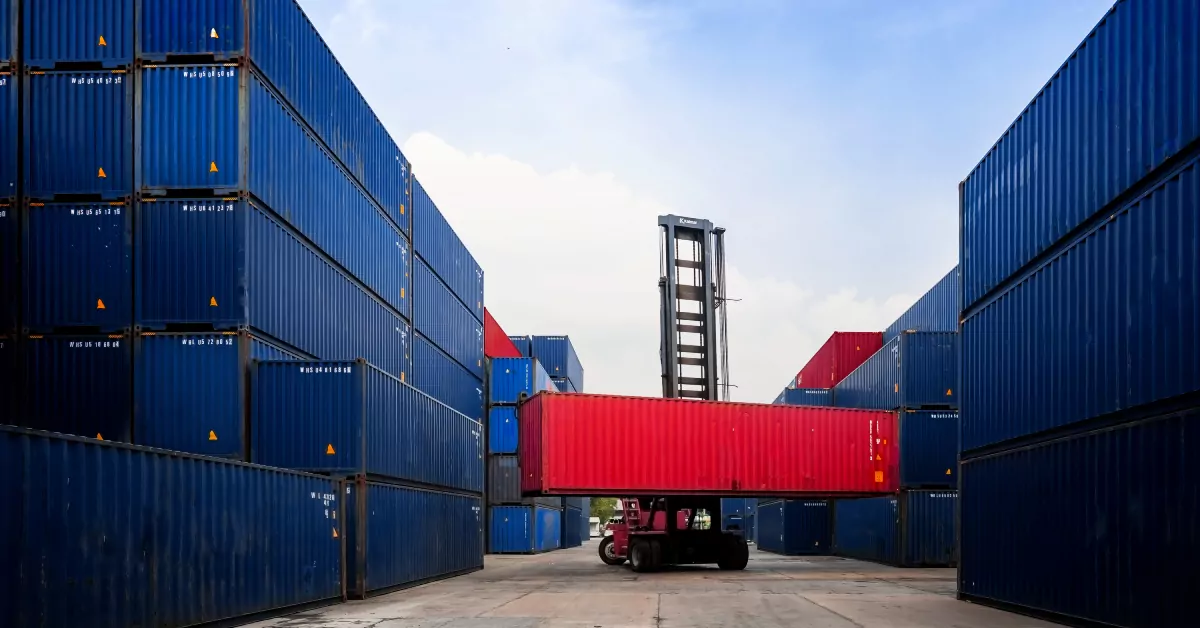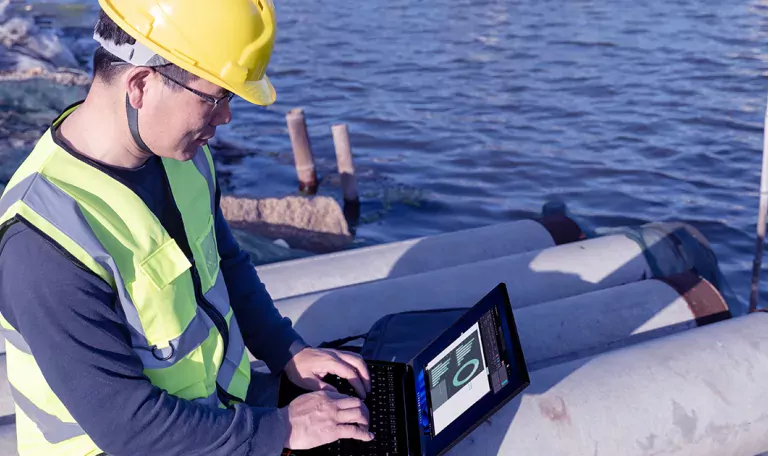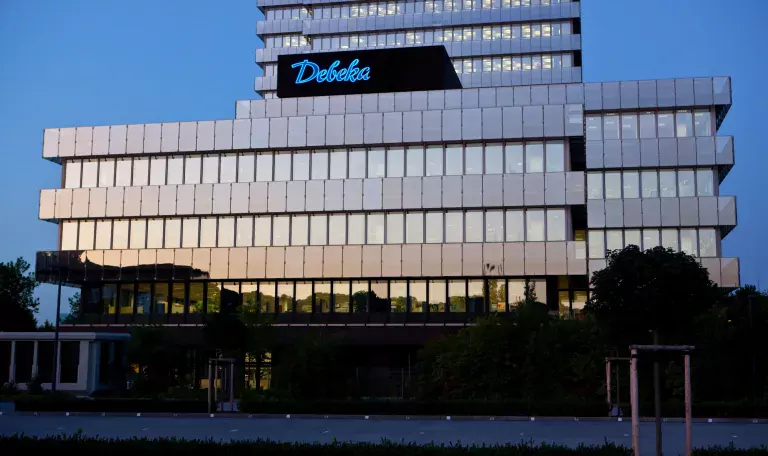State and local agencies should be sustainability leaders
Technology helps IT lead by example
For state and local departments and agencies, environmental sustainability presents both serious challenges and promising opportunities.
While states and municipalities enact and enforce regulations that promote environmental protection for their communities, they must also evaluate and improve their own environmental impact. This demonstrates their commitment to sustainability to their constituents and employees.
Actively supporting sustainability initiatives gives governments the opportunity to take a strong leadership role, demonstrating by example the environmentally conscious actions their communities desire.
This article reviews these challenges and discusses how, with the help of advanced technology, state and local IT leaders can contribute toward a more sustainable future.
A demand for environmental accountability
Public demand for environmental interests is growing. In recent years, state and local governments have sharply increased their investment to meet this demand, with the number of public bids they’ve solicited to fulfill environmental policies growing 34.6% from 2020 to 2022.1
This demand is driven by several strong trends.
- Infrastructure energy demands continue to increase. Delivering the services communities demand is energy-intensive, and that demand will continue to grow. To cite just one example, state and local agencies will need to expand electricity transmission systems by 60% by 2030 and may need to triple those systems by 2050.2
- People demand circular economies to limit environmental impact. The public is increasingly aware of how technology — from mobile phones to servers and networking equipment — impacts the environment when it’s disposed of. Government IT leaders can limit their environmental impact by utilizing full lifecycle asset recovery services that reclaim, refurbish, and recycle end-of-life devices.
- The next generation of employees prefers sustainable workplaces. State and local public employment still remains below its pre-pandemic peak.3 To attract workers, state and local agencies must display sustainable practices, because more than half of Gen Z and Millennial workers research an organization’s environmental impact and policies before accepting a job from it.4
Smarter choices in technology can be the key to meeting these challenges and creating long-term opportunities.
Reduce environmental impact with more sustainable technology
Every government agency can reduce its own environmental impact by implementing advanced, more sustainable technology in its own operations — without sacrificing performance or increasing costs.
- Data centers can significantly reduce their carbon footprint. One way to do so is with Lenovo Neptune™ liquid cooling technology, which delivers 98% heat removal efficiency and up to 40% lower power consumption.5
- Many popular devices are manufactured with ecologically conscious processes. Lenovo, for instance, offers nearly 300 products containing post-consumer recycled content and has eliminated 10,000 tons of CO2 emissions since 2017 via low-temperature soldering.5
- Smarter technology runs more efficiently. The ThinkPad® X1 Carbon, powered by the Intel vPro® platform, an Intel® Evo™ Design that, with the 13th Gen Intel® Core™ i7 processor, is designed to conserve and optimize power.
- Packaging can be a friend to the environment. A box is not just a box. Forward-thinking manufacturers such as Lenovo make select packaging from renewable materials like bamboo and sugarcane.
- Sourcing matters, too. Devices made in North America — such as those from Lenovo’s Monterrey, Mexico plant — reduce fossil fuel consumption compared to devices manufactured overseas.
Technology partner services enable greater sustainability
While an agency’s technology can help improve its track record for sustainability, it can also reduce its environmental impact by leveraging services provided by its technology partner. Managed services from a trusted partner can help state or local governments reduce operational workloads, keeping devices on the job longer and reducing the need to purchase newer ones.
Lenovo TruScale Everything as a Service is a fully managed subscription-based model that gives agencies a cost-effective way to offer employees a complete portfolio of devices and software with built-in security — like the Lenovo ThinkPad® T14 powered by Intel vPro®, An Intel® Evo™ Design, which prioritizes power efficiency without sacrificing performance. Optimizing a data center with Lenovo TruScale has demonstrated the ability to reduce CO2 emissions and power consumption by up to 20%.6
Agencies can further embrace circular economy processes via Lenovo Asset Recovery Services — a reusing, refurbishing, and recycling solution that helps decrease waste and keep resources circulating. In 2022, Lenovo verified that 71% of the devices collected through Asset Recovery Services were refurbished or reused for parts.5
Lenovo: A trusted technology partner for government
Technology from a partner like Lenovo can help a state or local government agency be a sustainability leader for its community.
More than 900 US state and local agencies and 70 military and civilian federal agencies trust Lenovo to deliver secure, high-performance solutions and expertise for the unique challenges facing government IT professionals.
And Lenovo offers far more than the latest technology. Our service is unparalleled, including essential help desk support for remote workers. We also hold multiple certifications from the US government, highlighting our ongoing relationship as a trusted partner at the federal, state, and local level.
Lenovo is itself a leader in sustainable technology practices and innovation. The company used 13.5 million kg of recycled plastic in 2021 alone, for instance, and has committed to achieving net-zero greenhouse gas emissions by 2050.
To make your agency a sustainability leader, learn more about Lenovo for Government or contact your Lenovo for Government representative.





